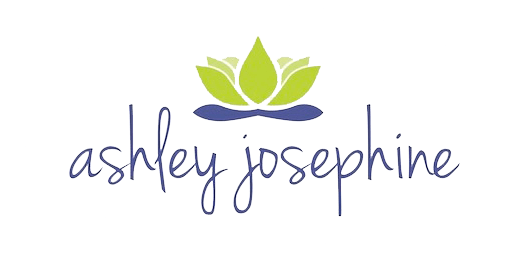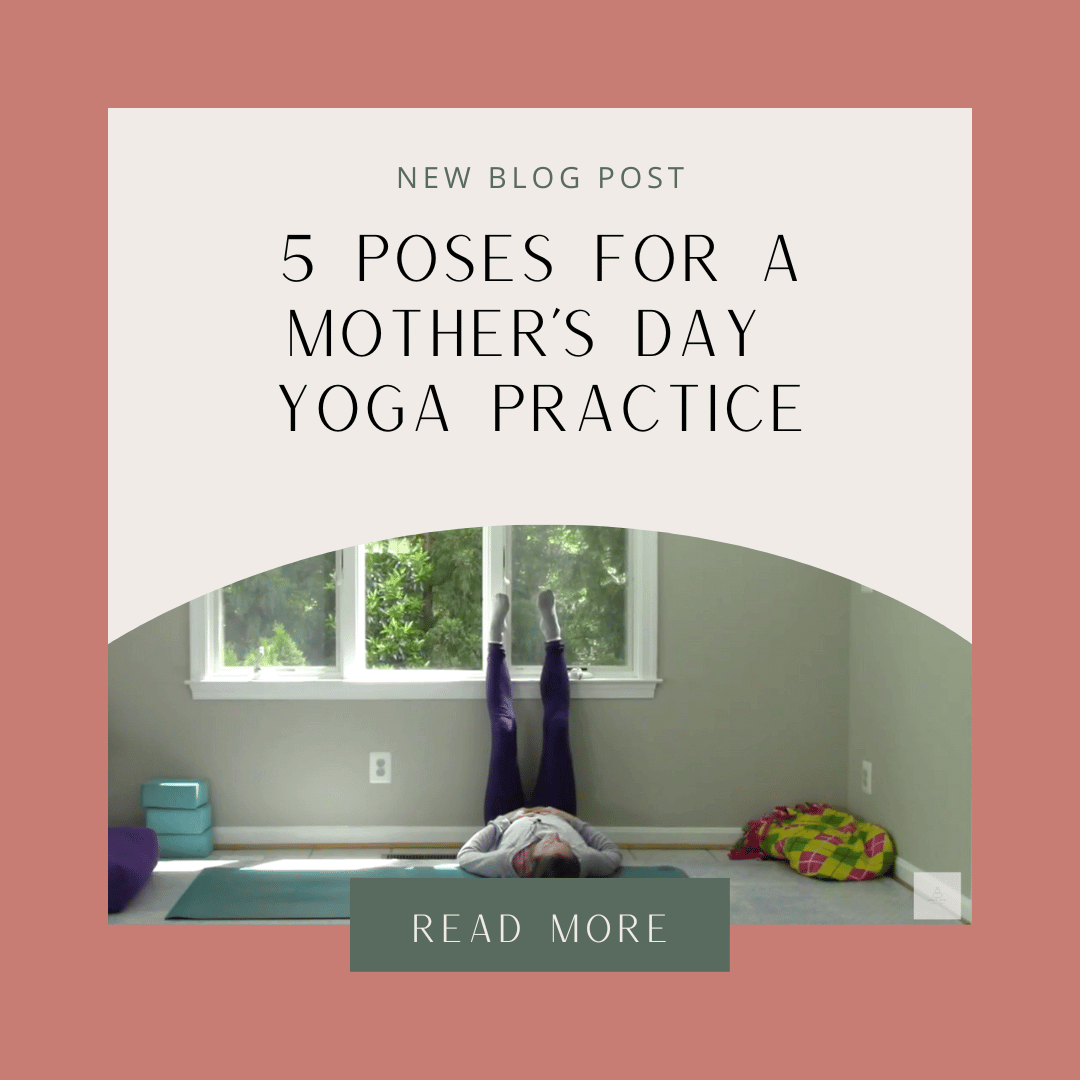Sun Salutations is the name for a common set of yoga postures linked together with the breath in Vinyasa flow-inspired classes. There are Sun Salutations in the specifically outlined Ashtanga Yoga practice as well. These postures are generally “gentle” in nature, or at least meant to be approached in that way. From a biomechanical perspective Sun Salutations are a great way to warm up the body before moving into more complex, rigorous postures.
The fact that these postures are linked by breath can set the pace and tone for a yoga class, as well as help a student sync breath with movement, often the hardest part of yoga for beginners. In this way, Sun Salutations also set the stage for an inner awareness and the opportunity to become lost in a moving meditation of sorts.
In many lineages, there is a traditional way to practice Sun Salutations (although in every lineage there is variation). This includes the number of times the series is practiced.
Where Sun Salutations come from
Though there is little proof that Sun Salutations in their modern, physical exercise form were originally practiced in yoga 5,000 years ago, there is a spiritual component and origin story to this method that draws from yoga’s earliest days.
According to Georg Feuerstein, Vedic teachings (the most ancient teaching yoga is based upon) centered around the Sun, with the Sun being one of the representations of the highest being. One of the many Sanskrit names given to the Sun was Surya, which can translate to “arouser.” Thus, Sun Salutations, or in Sanskrit Surya Namaskar, can be both a spiritual supplication to the highest being of the Sun as a giver of Light or a set of physical practices that arouses, or awakens, the body (or both).
The Spiritual Science Research Foundations website speaks to namaskar being synonymous with the word namaste and that the word represents the physical act of bowing to someone with hands at heart center as a form of greeting (salutation) or departure. Namaskar comes from the root word nama, which translates to “bow” or “adore.” This may be where we get the physical “forward fold” common in Sun Salutations. Samasthithi, also translated as equal standing posture, with hands together at heart center, also speaks to both the biomechanical and spiritual component of this cyclic sequence.
Namaskar can also be translated as “worshiper”, as in the worshiping of the Sun and light Feuerstein mentioned. (Remember, yoga is not a religion because it does not ask you to worship the Sun or the light specifically but invites you to choose who you worship and when.)
Adding variety to your Sun Salutations
From a purely biomechanical perspective, it’s nice to add variety to your Sun Salutations, especially if you’re working towards a particular posture in your practice and you want to ensure the body is sufficiently prepared. I like adding in side bends, twists, and sometimes lunge variations into my Sun Salutations to warm up the shoulders, core, back, and hips.
Alanna Kaivalya and Arjuna van der Kooij back me up here with the spiritual importance of side bends and alternating lunges. They quote from the Hatha Yoga Pradipika in their book Myths of the Asanas:
“In the Hatha Yoga Pradipika, the concept of duality is introduced as a sun and moon within the body, with the sun representing the right side of the body and the moon representing the left.”
It’s nice to include those side bends and lunges to balance both sides of your body and your energy in the beginning of your practice.
And finally to round it all out, here’s what Pattabhi Jois, the founder of the Ashtanga Yoga system has to say about Surya Namaskara, (excerpted from the Shanti Yoga Shala blog):
“… let me repeat that no asana practice is complete without sun worship. Without its focusing of mental energies, yoga practice amounts to little more than gymnastics and, as such, loses meaning and proves fruitless. Indeed the Surya Namaskara should never be mistaken for mere physical exersize –for something incidental, that is, that simply precedes the asanas of yoga. Therefore, it is necessary, before beginning the sun salutations, to pray to Surya
[…] to bestow upon us the good fortune of having only good thoughts, of hearing and speaking only good words, and of attaining a sound and strong body, so that we may have a long life and, one day, achieve oneness with God.”Sun Salutation variations video
There is no one right way to do a Sun Salutation, unless of course you practice in a lineage that mandates the practice only be done one way (which is fine, but just do me a favor and make sure you understand why, and are satisfied with the answer, before you blindly follow any mandates in yoga).
That is why in today’s video I share with you some of my favorite variations. I encourage you to try out these variations and create your own to complement your personal practice.
Happy bowing, awakening, greeting, acknowledging, folding, breathing, and being 🙂
Namaste!
Love learning about yoga philosophy? Download the Essential Elements to Living Your Inspired Life here.
Sources:
- Yoga Philosophy and History: An Essential Manual For Yoga Teacher Trainings, Georg Feuerstein, Ph.D.
- http://www.spiritualresearchfoundation.org/spiritual-living/how-should-we-greet/define-namaskar-namaste-meaning/
- http://www.shantiyoganola.com/sun-salutations-the-meaning-of-surya-namaskara/#
- Myths of the Asanas: The Stories at the Heart of the Yoga Tradition, Alanna Kaivalya & Arjuna van der Kooij





